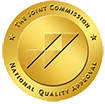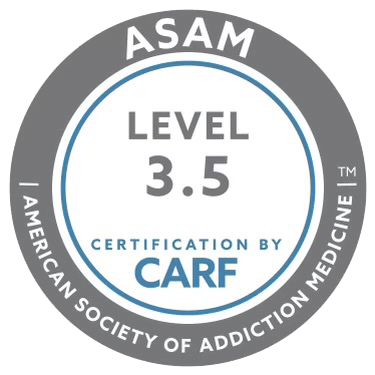Areas We Service
Home » Areas We Service
With treatment centers in multiple states, Recreate Behavioral Health Network has positioned itself to serve multiple communities throughout the country in an effort to battle addiction and promote recovery for as many people as possible.
Addiction Treatment Service Areas
The treatment professionals at RBHN are ready to assist you or your loved one in a caring and judgment-free way. Most of us are in recovery ourselves, so we understand exactly how important it is to get help as soon as possible. For more information on our addiction treatment programs and various resources by state, please give us a call at (855) 951-4077
Florida has a warm and sunny climate, which can be beneficial for people recovering from addiction. Apart from its wonderful climate, the state has a large recovery community, which can also provide support and encouragement to those in recovery.





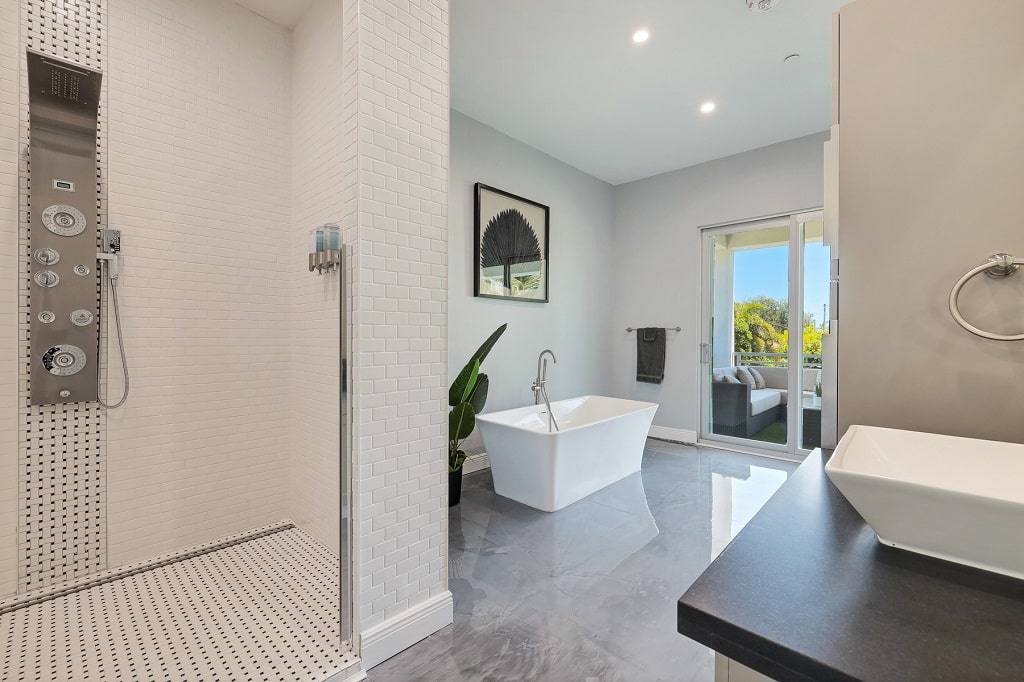
With addiction having a very strong presense within the state of New Jersey, we have treatment centers and other resources for New Jersey residents to help them get started on their road to recovery.

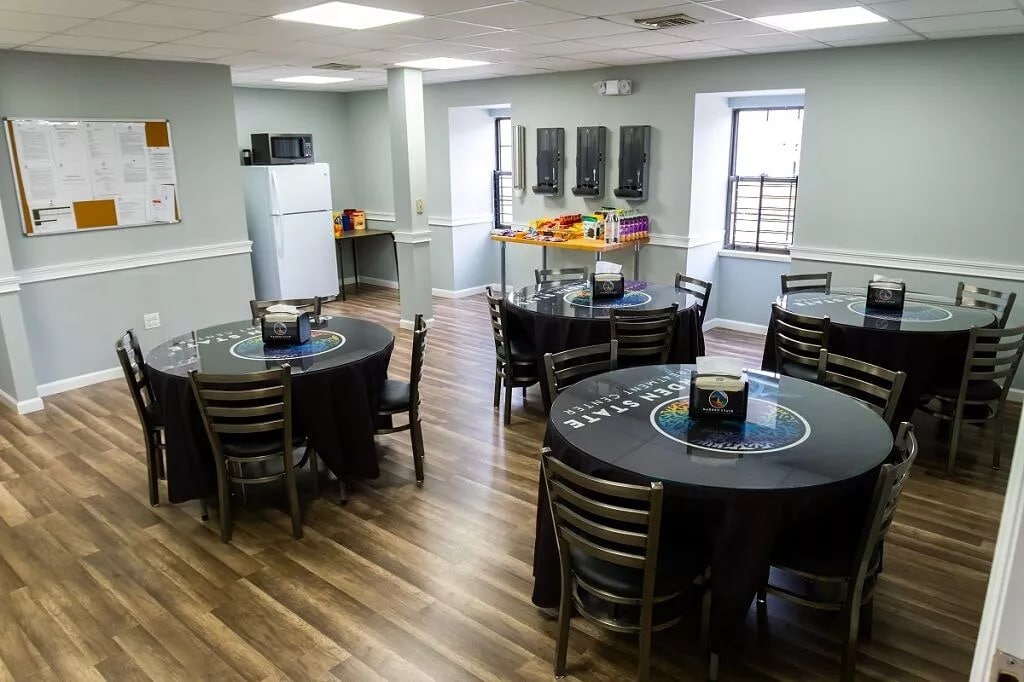
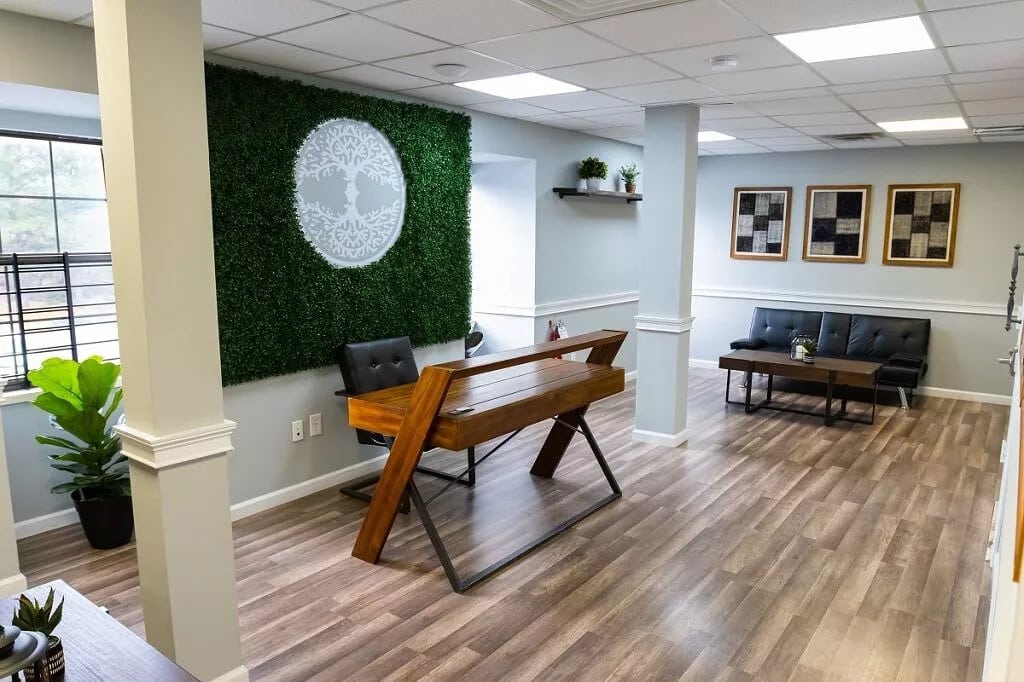
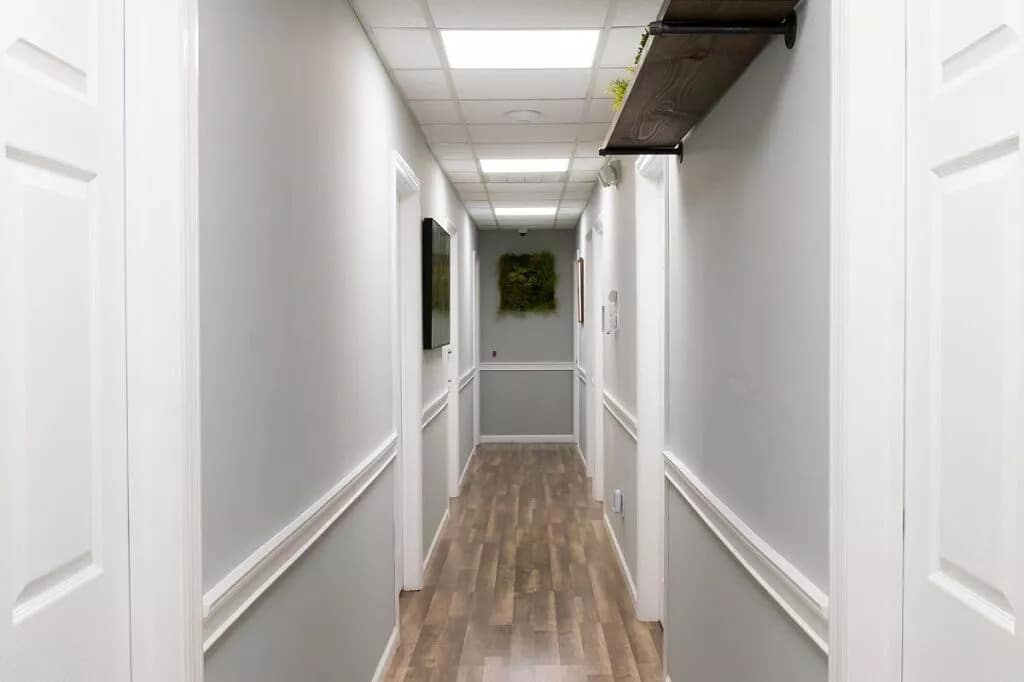
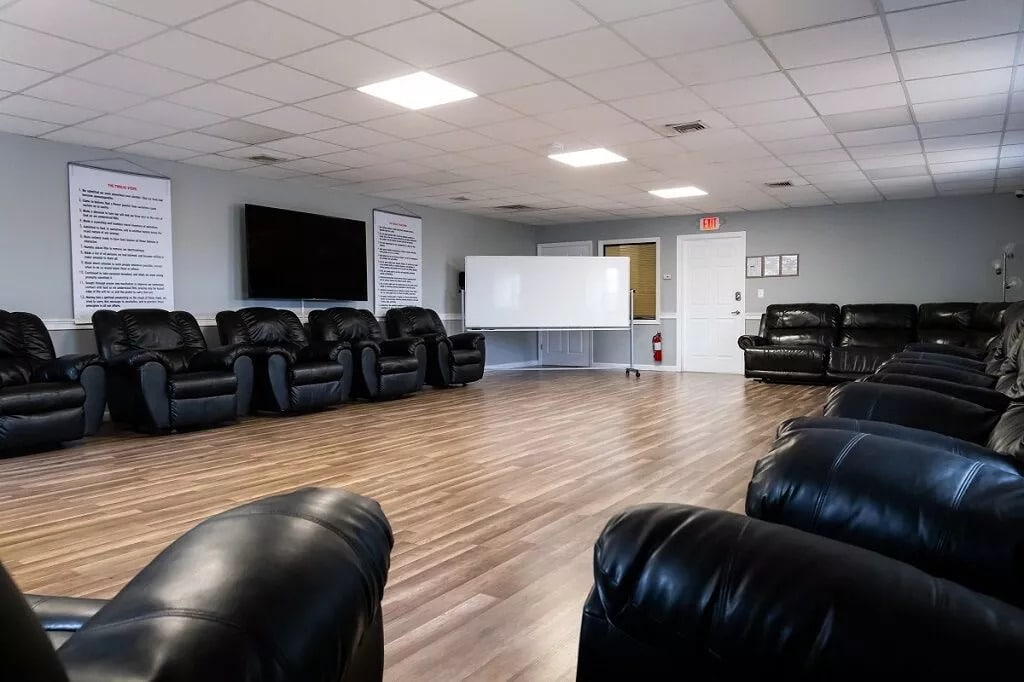
One of our primary goals is to help build the recovery community within the state of New York. We do this through offering partial hospitalization, intensive outpatient programs, and addiction intervention services.
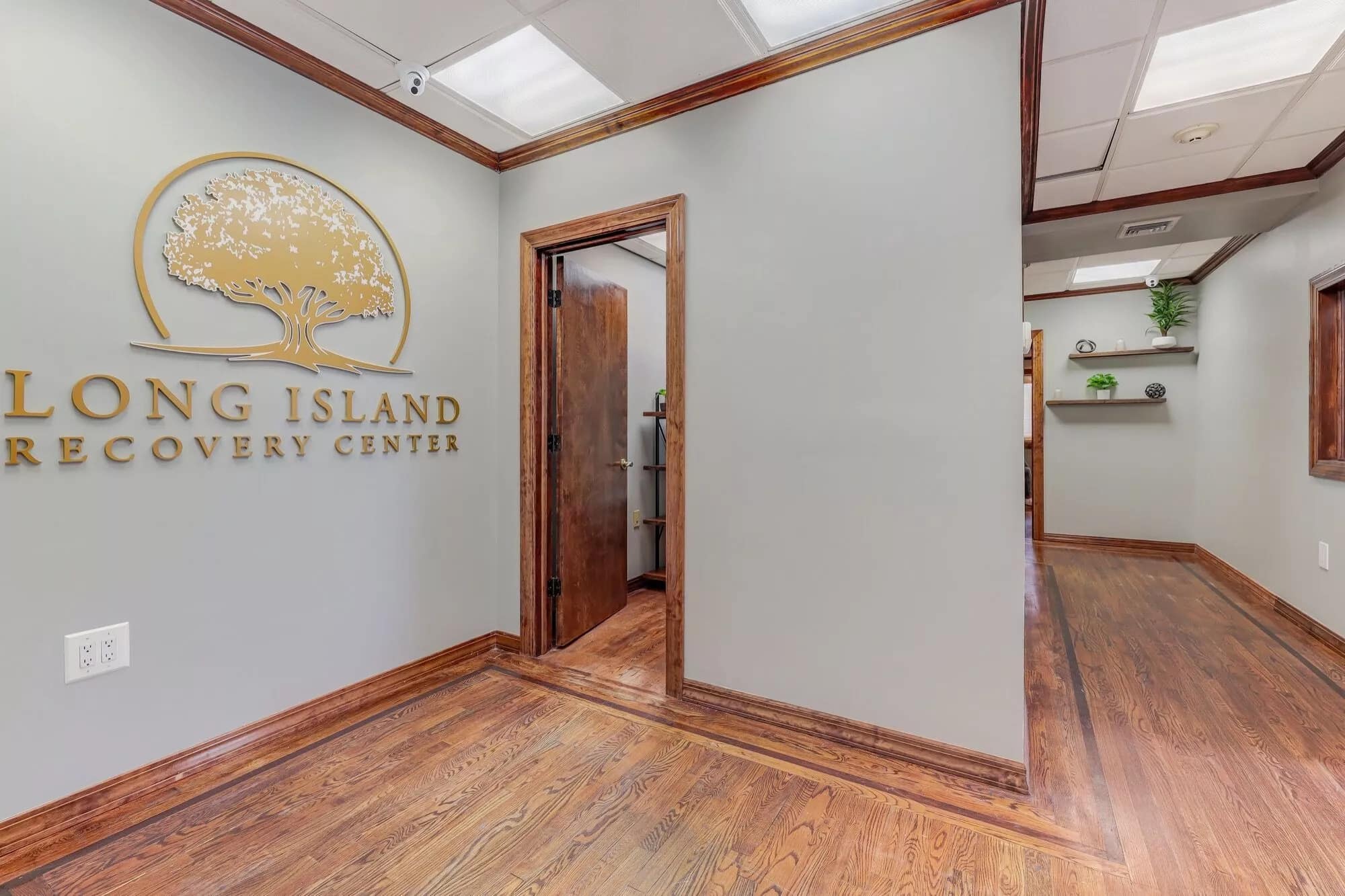
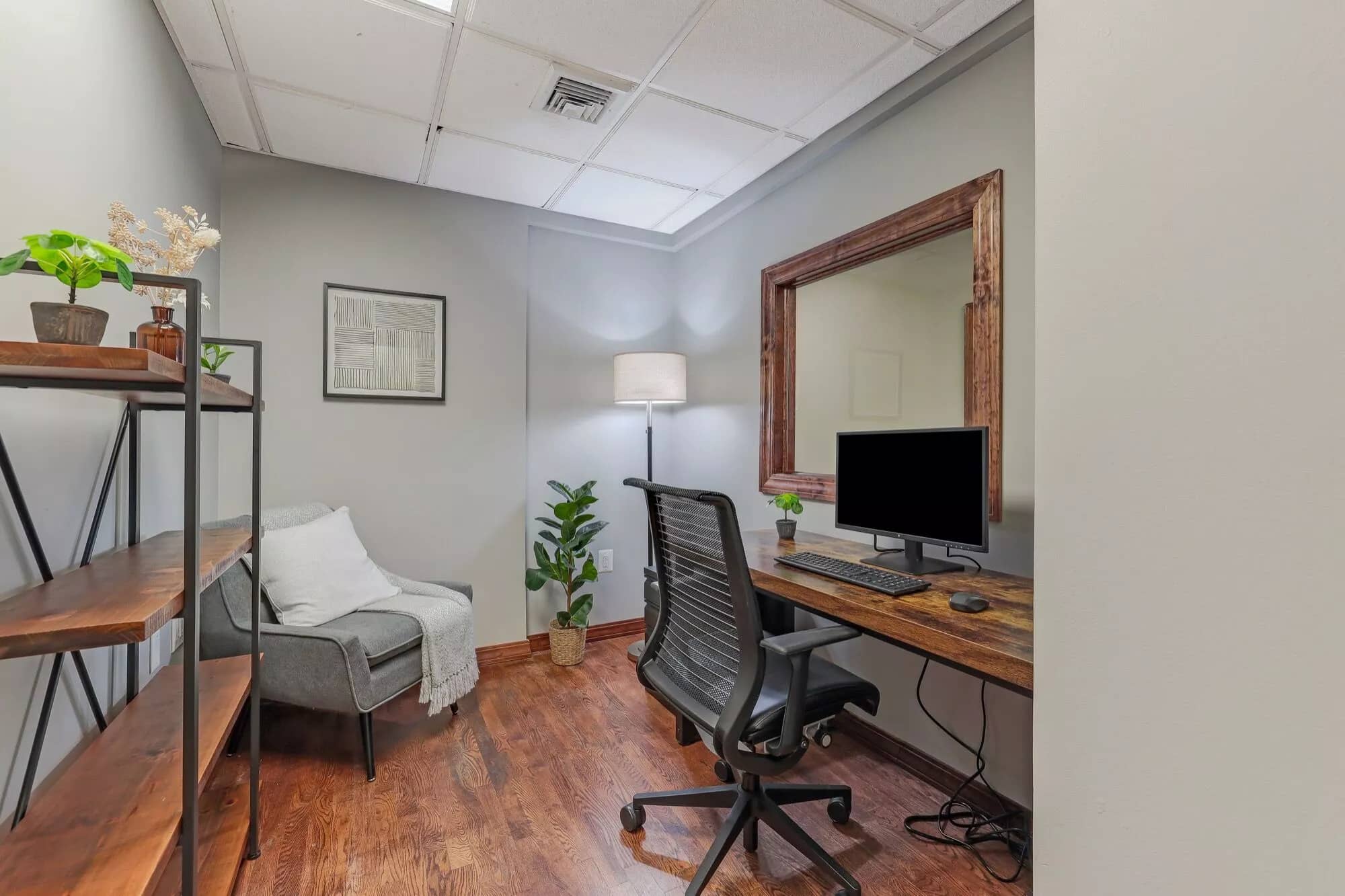


Ready to Make a Change?
We understand that the treatment process can be difficult at times. At Recreate Behavioral Health Network, we are committed to assisting you in making progress towards a new life free from the grips of addiction.



